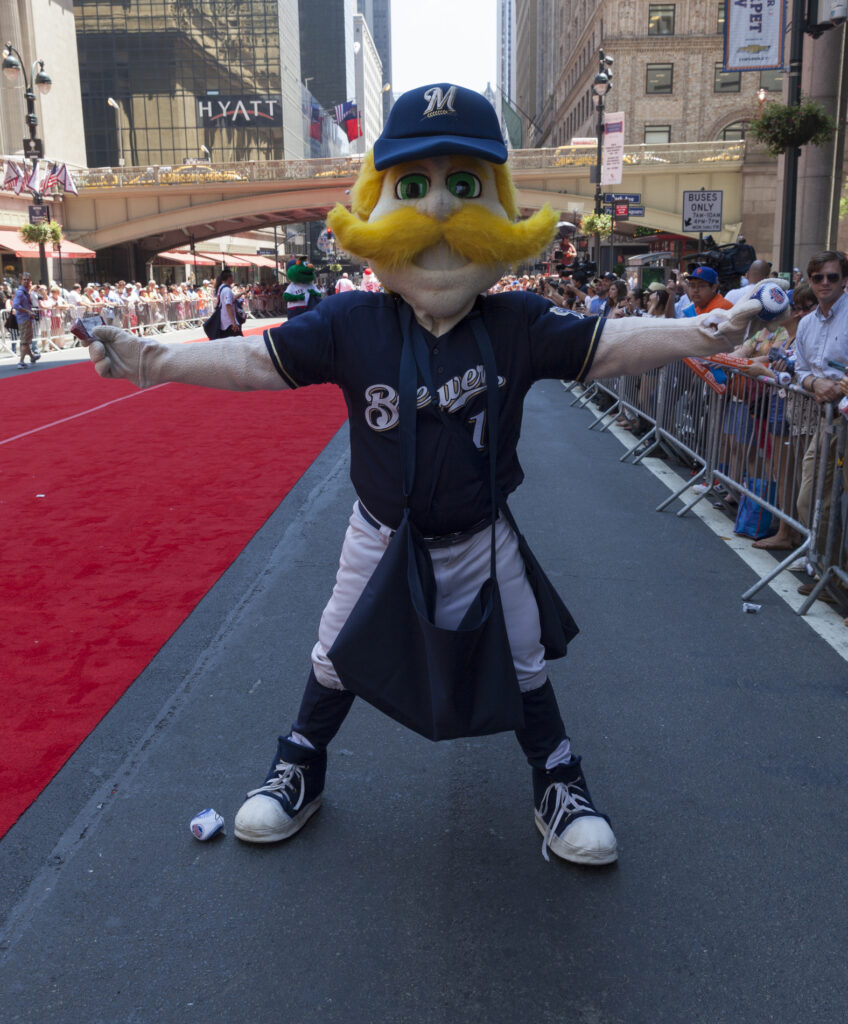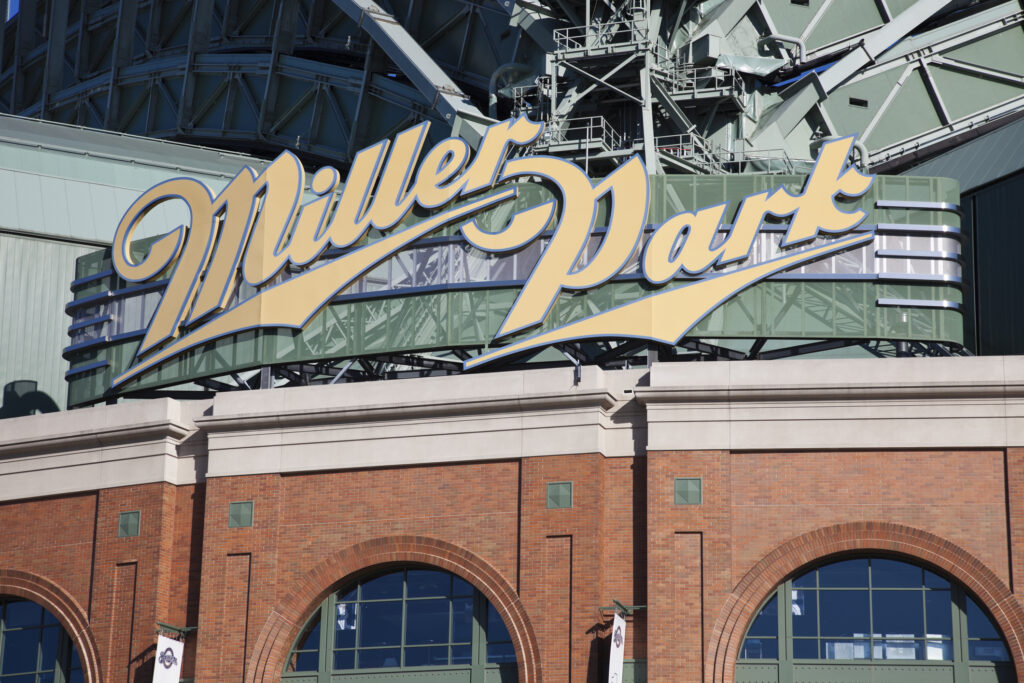Adrian Houser of the Milwaukee Brewers recently had an arbitration case decided regarding his contract negotiations. In 2021, there were 125 players eligible for arbitration. Of those, 12 went that route. Houser’s case was especially rare since most arbitration cases occur during the off-season. Houser’s occurred in May 2022, two months into the season, due to the league’s labor dispute that wasn’t settled until February.
Who is Adrian Houser?
Adrian Houser, from Tahlequah, Oklahoma, currently pitches for the Milwaukee Brewers. He’s a starter with a 4-8 record as of late July 2022. Overall, he has a 21-27 record since his Major League debut in 2015. Although touted as a starter, he has thrown some relief innings during the 2022 season.
Why did Adrian Houser’s case go to arbitration?
Houser’s case went to arbitration because he was asking for a higher salary figure than the Brewers were willing to pay. The player thought he was more valuable based on his recent performances versus his overall career. The team was taking into account the overall span of his career to this point.
Houser was in his first year of being eligible for arbitration. Last year, he made $584,100, according to Fox 11 News. The right-handed pitcher asked for a $3 million salary for this year, based on his 10-6 record and 3.22 ERA from last season.
The Brewers countered with an offer of $2.425 million. Although Houser isn’t doing as well this year, evidence from after March 1 was inadmissible to the arbitration panel under the new collective bargaining agreement the players signed with the league.
The three-person arbitration panel sided with the Brewers on May 4, 2022. At the time of Houser’s case, MLB teams had won five arbitration cases and the players had won two.
Why did the arbitrators side with the Brewers?
No one knows for certain why the arbitrators sided with the big league club. However, they must take into account all evidence presented to them. Houser would have stated he had his best season in 2021, which he did. The team would have said their pitcher came into the league in 2015 before an injury forced him back into the minor leagues. He didn’t come back to the big leagues until 2018. Even then, his numbers weren’t impressive until the 2021 season.
How many times per season do MLB teams deal with arbitration?
The numbers vary from year to year. According to SABR, from 2011 to 2017, a period of seven years, a total of 45 arbitration hearings were held out of 269 eligible cases. This means most players and teams settled their differences before arbitration hearings were held. The teams won 25 of those cases and the players won 20. Of these, 31 were for pitchers and 14 were for hitters.
What is the history behind MLB’s arbitration?
The big leagues are a special case when it comes to arbitration. Until 1972, MLB clubs used a reserve system whereby other teams couldn’t snatch players once they signed a contract. In the mid-1920s, the Supreme Court upheld that system, even though players complained it was unfair, by ruling Major League Baseball was exempt from anti-trust laws that protected consumers from high prices due to monopolization.
In 1972, player Curt Flood attempted to challenge the reserve system in court. In Flood v. Kuhn, the court again upheld MLB’s anti-trust exemption. A year later, the new collective bargaining agreement between the league and players included arbitration for the first time (and free agency rules were also laid out).
How does arbitration work for MLB teams?
Under the current system, players with three to six years of service time in the big leagues are eligible for arbitration. Most players beyond six years of service simply go into free agency. There is one notable exception. Players in the top 22 percent of service time after the first two years can enter arbitration a year early.

After a period of negotiations from December and January each year, players and their teams go back and forth with salary numbers. If the sides do not reach an agreement by Feb. 1, either side has the right to enter a formal arbitration hearing, known as final offer arbitration (FOA), as a last-ditch effort to reach an agreement. The team and player submit final salary figures. The figures are often not that far apart because if one side or the other submits a figure too high or too low, they risk losing their case entirely. Both sides also make their cases with statistics to support their claims.
The arbitration case goes before a panel of three arbitrators who must decide within 24 hours. There is no wiggle room in the salary figures presented. The arbitrators must decide on the team’s number or the player’s number and nothing in between.
What are the consequences of arbitration for big league players and teams?
In the case of Adrian Houser, the difference between the salaries was only $575,000. However, the outcome does have long-term consequences. Having a lower base salary means Houser’s incremental increases in future years will be lower based on the percentage increase. For example, the Brewers decide House deserves a 50 percent increase for his next contract and want to sign him before free agency. A 50 percent increase on $2.425 million is $1.21 million versus $1.5 million for a $3 million base salary. Multiply these figures over a five-year contract and the Brewers stand to save $1.45 million. Had the arbitrators ruled in favor of Houser, he would have been eligible to make more money over his career.
Arbitration is a normal process for Major League Baseball players and teams. However, there may be consequences for both sides if there are bad feelings or feelings of mistrust between the team and players throughout the arbitration process.
What are some high-profile arbitration cases in big league history?
Mookie Betts set a record for MLB arbitration-eligible players in 2020 when the Boston Red Sox settled with him for $27 million ahead of going to a formal arbitration hearing. A year earlier, Nolan Arenado (now with the St. Louis Cardinals) agreed to a $26 million deal before the Feb. 1 deadline. The highest arbitration figures usually come from the best players, and they usually demand higher salaries in free agency later on.
On average, salary figures that reach formal arbitration hearings rarely get that high. The average player filing was $4.5 million between 2011 and 2017 for pitchers, while hitters had an average of $4.8 million.
What will happen to Adrian Houser’s contract now?
He will be with the Brewers until his contract is up or until he’s traded. In early July, Houser injured his elbow and was placed on the 15-day disabled list. He has been battling injuries throughout his Major League career, including undergoing reconstructive Tommy John surgery in 2016 to repair a torn elbow ligament.
Bennett Injury Law’s experienced arbitration lawyers are here for you
Bennett Injury Law, an experienced personal injury firm based in Dallas, Texas, offers arbitration services to a number of global organizations. As a fellow of the Chartered Institute of Arbitrators, attorney Richard D. Faulkner guides all of our other trained arbitration lawyers to provide the highest-quality legal representation for complex domestic and international arbitrations.
Contact Bennett Injury Law or call (972) 972-4969 for more information on how we can serve you.

